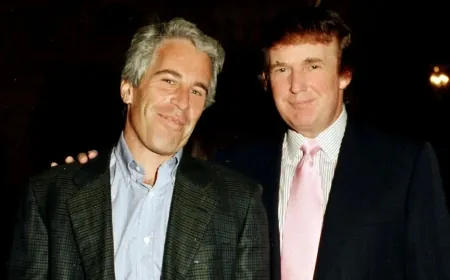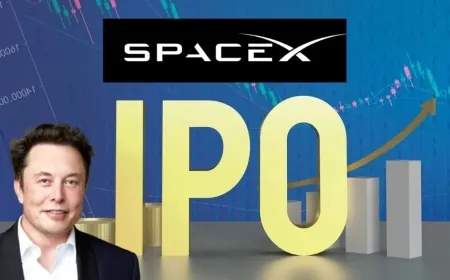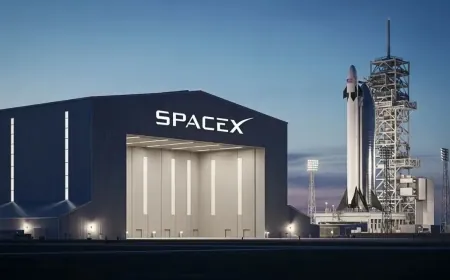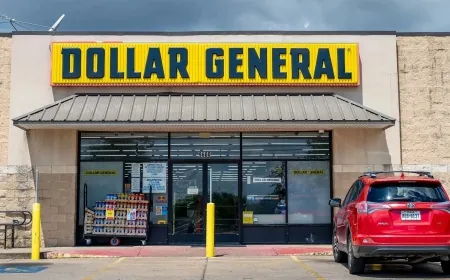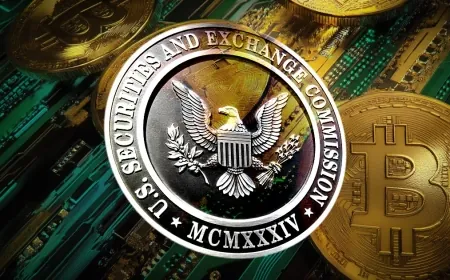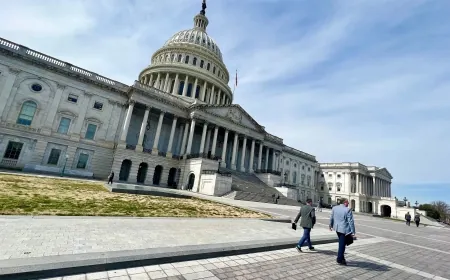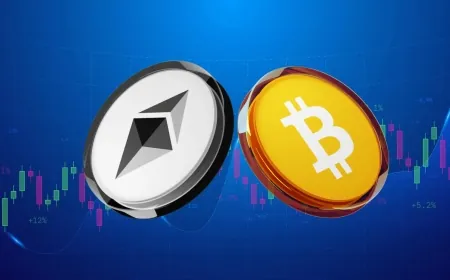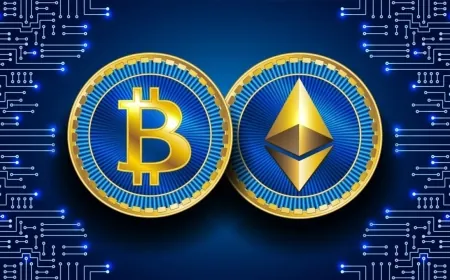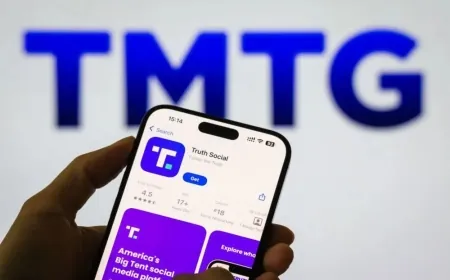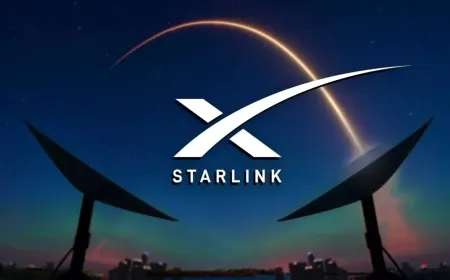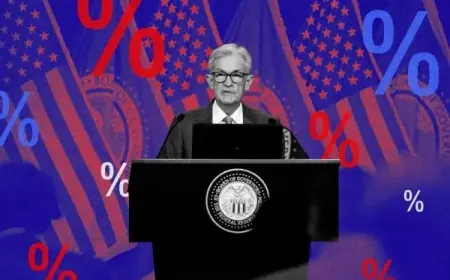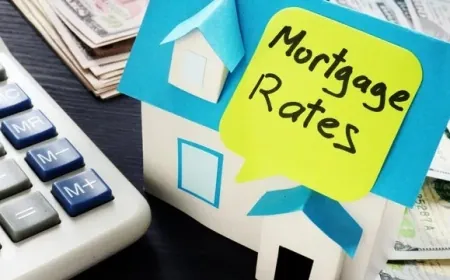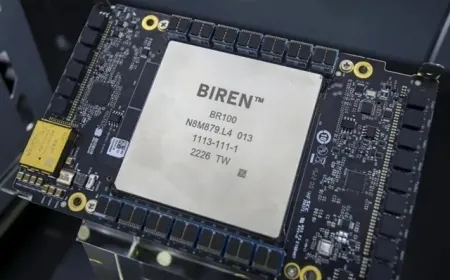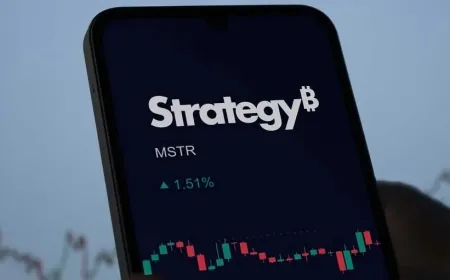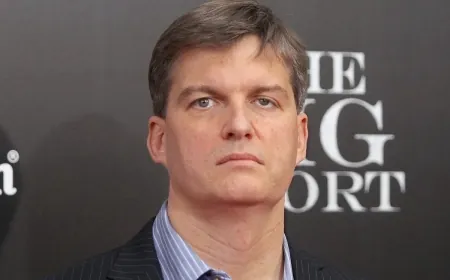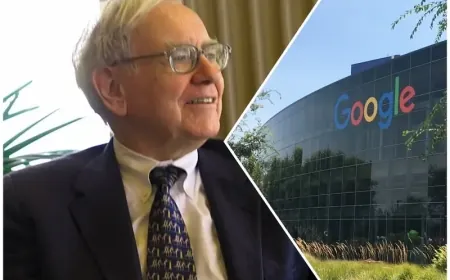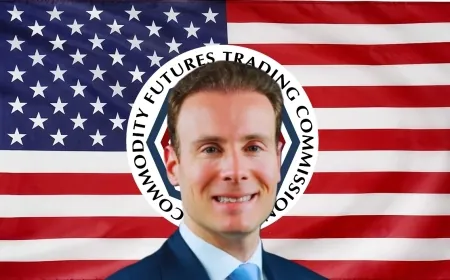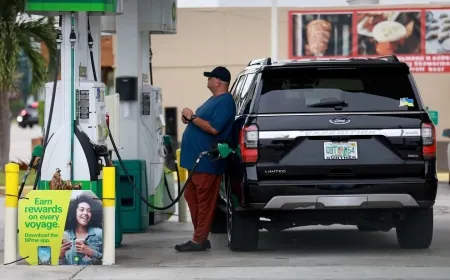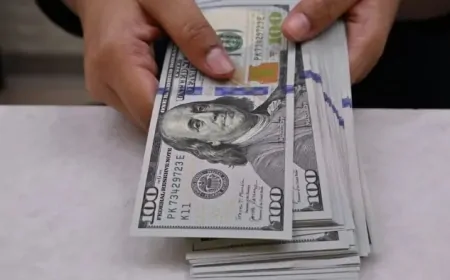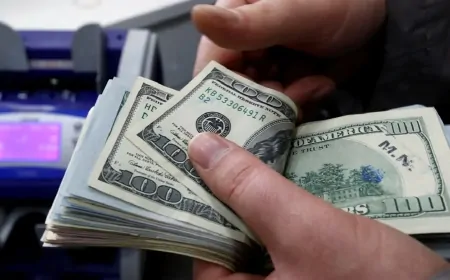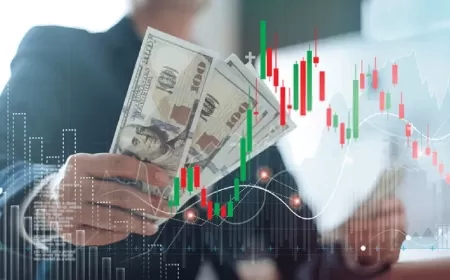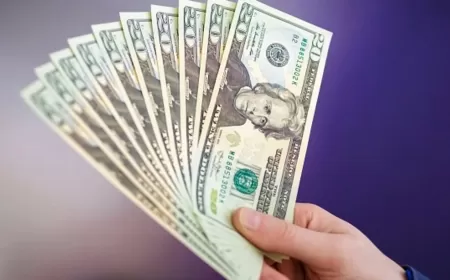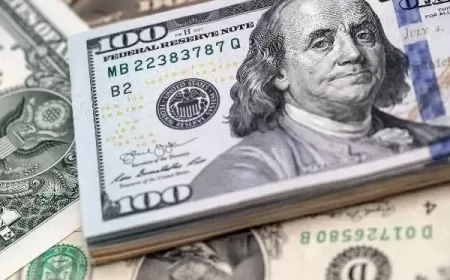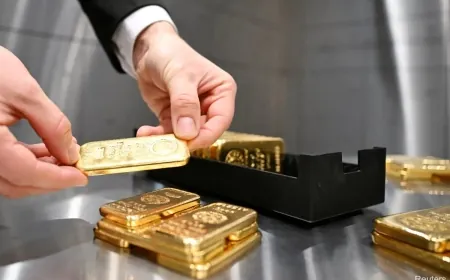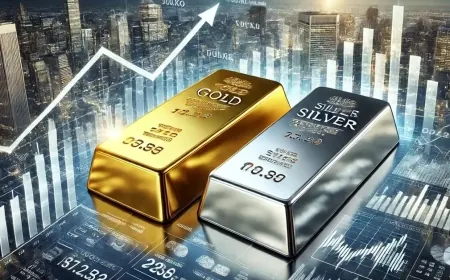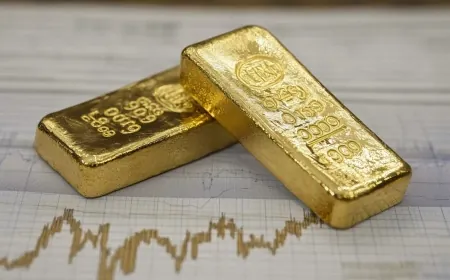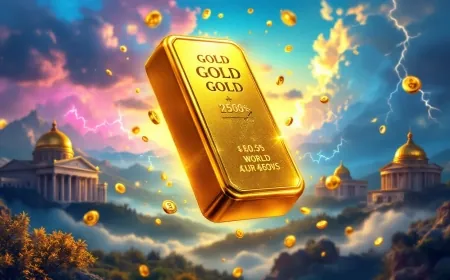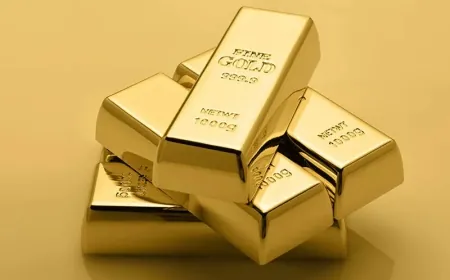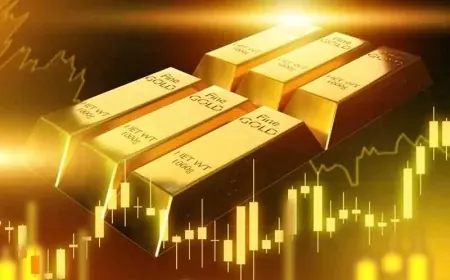Silver Nears $40 as U.S. Tariffs, Supply Strain Drive Biggest Rally Since 2011
Silver climbs to $39.40 per ounce, the highest in nearly 14 years, fueled by U.S. copper tariffs, tighter supply, and rising demand from industrial buyers.
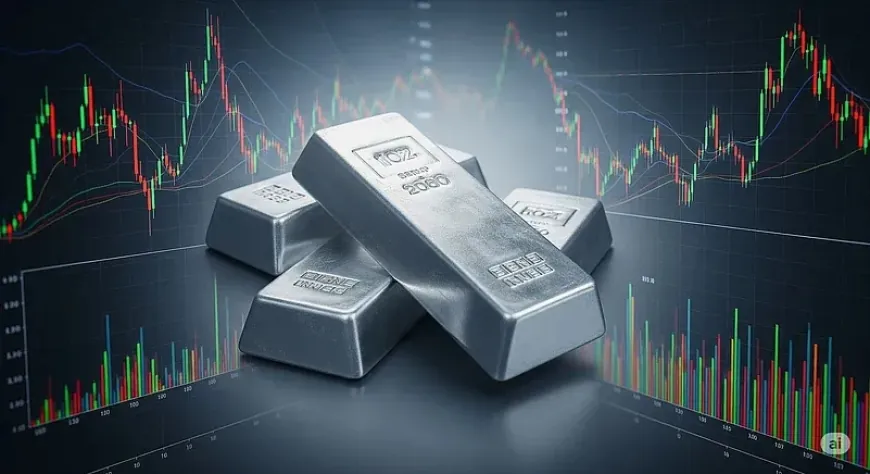
Silver prices surged to $39.40 per ounce on Wednesday, reaching their highest point since September 2011. The move comes amid mounting concerns over U.S. trade measures and tightening availability in the spot market. The recent price action reflects a broader shift in market sentiment as traders seek safe-haven metals amid geopolitical uncertainty and currency instability. Trading volumes rose sharply in both futures and spot contracts, indicating strong momentum across investor classes.
Silver Leads Precious Metals in 2025 Gains
With a 36% year-to-date gain, silver is outperforming gold, which has climbed 31% in the same period. The metal’s appeal is expanding beyond traditional industrial users, with a new wave of interest from retail and institutional investors who view silver as undervalued compared to gold. Analysts say that silver's relatively lower price per ounce makes it more attractive during inflationary cycles, especially when real yields fall and interest in physical assets rises.
U.S. Tariffs Drive Lease Rate Spike and Price Divergence
The announcement of a 50% U.S. tariff on copper imports, starting August 1, has had ripple effects across the metals market. While silver was technically exempt from the latest tariff wave, the policy shift spooked investors, leading to a growing premium in U.S. futures contracts versus London benchmarks. This divergence has increased the cost of borrowing silver, lifting lease rates and adding pressure to the spot market. Traders now factor in higher short-term demand for physical delivery, compounding the supply-side constraints.
Copper Market Sentiment Bleeds Into Silver Pricing
Market analysts say that the response to copper tariffs has indirectly elevated silver pricing, as traders anticipate knock-on effects across the industrial metals complex. Nicky Shiels, head of metals strategy at MKS PAMP, noted that silver is “taking a page out of Comex copper’s handbook,” responding to political risk with accelerated inflows. The resulting liquidity shift, particularly from funds rotating out of copper and into silver, has amplified upward price pressure across U.S. exchanges.
Industrial Demand Keeps Supply Deficit Intact
Silver’s industrial applications—in solar panels, 5G infrastructure, medical devices, and electric vehicles—have helped lock in a structural deficit now stretching into its fifth year. According to metals analysts, production growth from primary and secondary silver mines is not keeping pace with global demand. That imbalance, combined with constrained recycling flows and rising fabrication orders from Asia, is tightening the physical market more than financial flows alone would suggest.
Gold-Silver Ratio Narrows to 87 from 105
The gold-silver ratio, a historical barometer of relative pricing, dropped to 87 ounces of silver per one ounce of gold in July, down from 105 in April. A falling ratio typically signals stronger silver demand or underperformance in gold, and the current trend suggests increased confidence in silver’s dual role as both a precious and industrial commodity. Strategists view this tightening as a bullish signal, especially as inflation and rate cut speculation dominate macroeconomic narratives.
Short-Term Pullback Still Possible
Despite the ongoing rally, market positioning has grown crowded. Nitesh Shah of WisdomTree notes that while the momentum is in place to test $40, any sign of easing in geopolitical stress or central bank dovishness could prompt a short-term correction. Shah sees a potential pullback to $35 per ounce before a renewed push toward $45 in 2026, especially if ETF flows pause or industrial buyers defer large-scale purchases to avoid high premiums.
Traders Focus on $40 Breakout Zone
The $40 mark remains a psychological and technical barrier. A breakout above that level would represent the metal’s strongest showing since the post-crisis boom of 2011 and could spark additional buying from momentum-driven funds. Technical traders are monitoring resistance at $39.90, while options markets show increased activity in $42 and $45 call contracts. The next leg of the rally may hinge on how long borrowing costs remain elevated and whether Asian buying picks up in the coming weeks.
Also Read: Silver Hits 13-Year High: Prices Surge Past $35 Amid Dollar Slump & Tariff Tensions
|
Follow iShook on Social Media for More Tips and Updates! |
